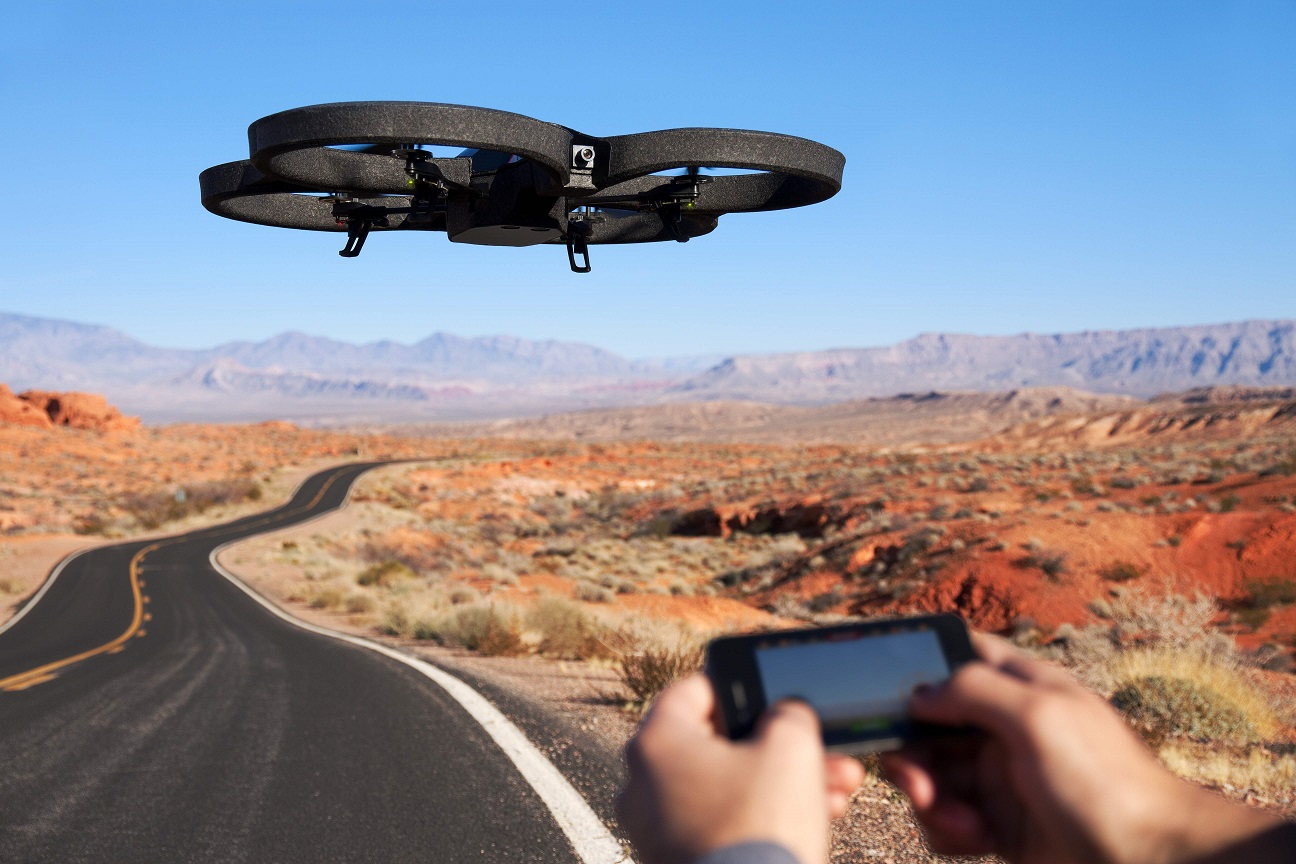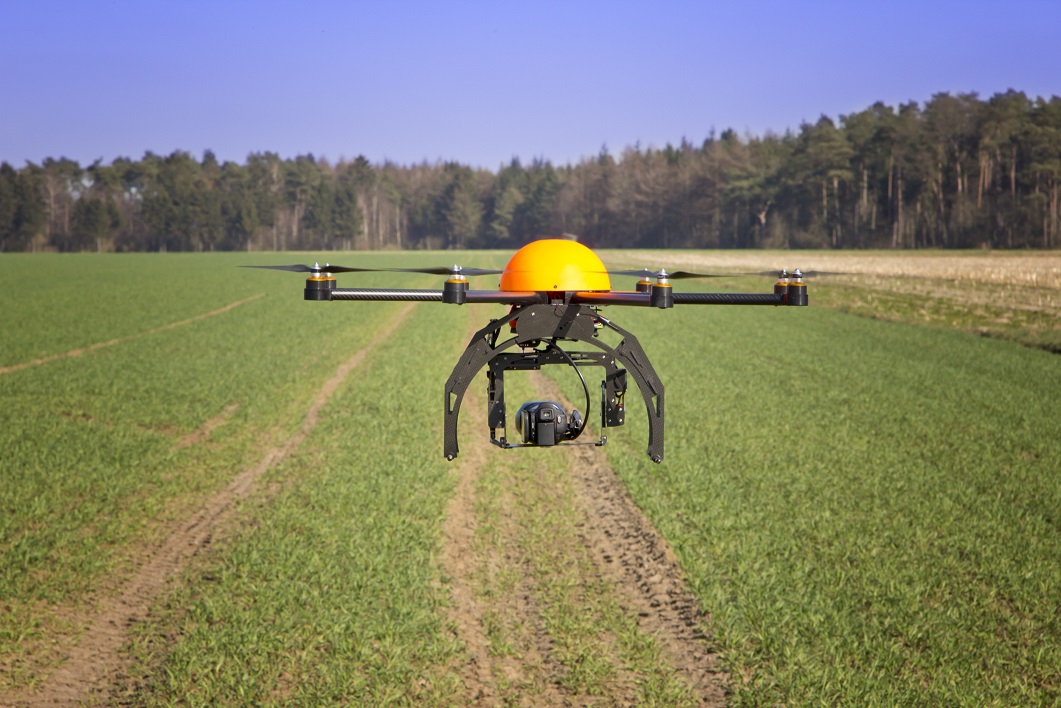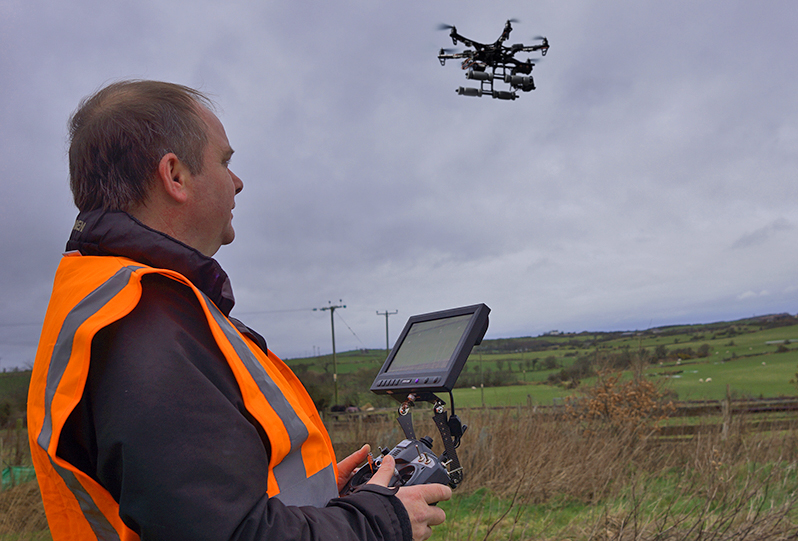
The ongoing miniaturization of technology has allowed groundbreaking developments in the realm of unmanned aerial vehicles, drastically increasing their availability and impact on multiple fronts of everyday life. What many may fail to realize is that the term “drone” does strictly refer to calf-sized predator drones used in warfare, but a myriad of devices that can downscale up to the size of your palm. As the Federal Aviation Administration comes to a formal decision on drone airspace regulations, the machines will become increasingly commonplace. Drones’ ability to venture where their human controllers cannot lends many uses:
Scout dangerous areas
1. Searching for human survivors amidst the rubble and debris of collapsed buildings following an earthquake
2. Provide wildland firefighters with key intel needed to stop the spread of fire, all without threatening any human life. Helicopters cannot fulfill this role because the wind created by their rotors can potential fan the flames.
3. Aid scientists conduct research within volcanic ash and other zones unsafe for humans.
4. Assess structural damage for insurance companies following natural disasters to allow speed up claims processing.
5. Inspect oil refinery flare stacks, the tall tower-like structures that spout flames from their top when burning gas to reduce pressure. Under normal circumstances, the structures must be shut down before they can be visually inspected as they produce too much heat for anyone to be around. Unfortunately, this is a costly process with lots of prep work involved.
6. Inspect icy chairlifts at ski resorts without employees being placed in risky circumstances that may result in injury, and thus insurance payouts.
7. Search for missing hikers in the wilderness.
Survey large parcels of land or massive structures 
8. Quickly and efficiently inspect miles of power lines.
9. Survey vast areas of agriculture to determine which portions of the soil are in need of nutrients and/or water or are infested with pests. Once troubled areas are located and the exact GPS coordinates are retrieved, the farmer can treat the trouble areas specifically, without applying excess fertilizer or pesticide. Additionally, drones can be used as a form of low-cost crop duster to fertilizer hilly farmland or vineyards.
10. Perform safety checks of highway overpasses without shutting down lanes and causing traffic
11. Inspect remote railroad bridges
12. Map coastal erosion and conduct geological surveys
Create vantage points otherwise unavailable 
13. Grant media the ability to frame events such as film, news, documentaries, sporting events, and weddings, from novel angles.
14. Expand mobile phone reception by acting as a transmission beacon during large events or following a disaster.
15. Deliver pizza, food, and other goodies.
Via Associated Press
Advertisement
Learn more about Electronic Products Magazine





